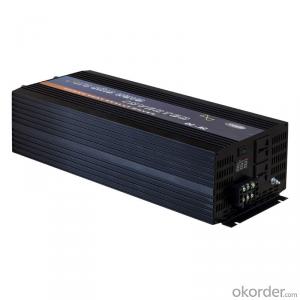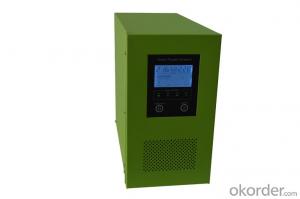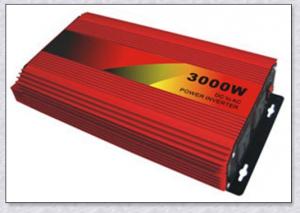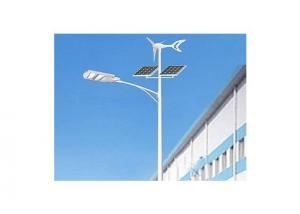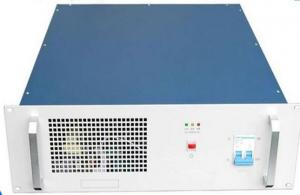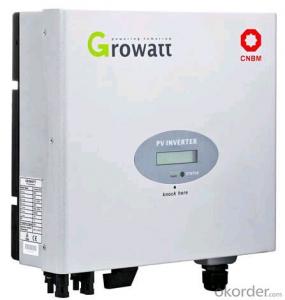Solar Hybrid Inverter 3000w
Solar Hybrid Inverter 3000w Related Searches
Solar Inverter 3000w 3000w Solar Inverter Solar Power Inverter 3000w 3000w Solar Power Inverter 3000w Inverter Solar Solar 3000 Watt Inverter 3000 Watt Solar Inverter 3000 Watt Solar Power Inverter Solar 3000 Watt Power Inverter Solar Power Inverter 3000 Watt Solar Inverter 3000w Price Hybrid Solar Inverter 3kw 3kw Solar Hybrid Inverter 3kw Hybrid Solar Inverter 3000 Watt Inverter Solar Panel 3500 Watt Solar Inverter 3kva Hybrid Solar Inverter Powland 3000w Solar Inverter Rich Solar 3000 Watt Inverter Solar Inverter 3500 Watt 300w Solar Inverter Solar Inverter 300w 3 Phase Solar Hybrid Inverter 3 Phase Hybrid Solar Inverter 300kw Solar Inverter 30kw Hybrid Solar Inverter 3kw Solar Inverter Solar Inverter 3 Kw 3kw Inverter Solar Hybrid Solar Inverter 3 PhaseSolar Hybrid Inverter 3000w Supplier & Manufacturer from China
Solar Hybrid Inverter 3000w is a versatile power conversion device designed to efficiently manage energy from solar panels and batteries, ensuring a reliable and stable power supply. This advanced inverter is capable of handling both AC and DC power sources, making it an ideal solution for various applications such as residential, commercial, and off-grid systems. It features a user-friendly interface, multiple protection mechanisms, and high efficiency, which contribute to its growing popularity among users seeking sustainable energy solutions.The Solar Hybrid Inverter 3000w is widely used in a range of scenarios, from powering homes and businesses to supporting remote communication systems and backup power supplies. Its ability to seamlessly switch between solar and battery power makes it a preferred choice for those looking to maximize the use of renewable energy while maintaining a consistent power output. The inverter's robust design and advanced technology also make it suitable for use in harsh environments, where traditional power sources may be unreliable or unavailable.
Okorder.com is a leading wholesale supplier of Solar Hybrid Inverter 3000w, offering a comprehensive inventory to cater to the diverse needs of customers worldwide. With a strong commitment to quality and customer satisfaction, Okorder.com ensures that each Solar Hybrid Inverter 3000w is thoroughly tested and inspected before being shipped to its destination. This dedication to excellence has made Okorder.com a trusted source for solar energy products, providing reliable and efficient solutions to customers across the globe.
Hot Products










